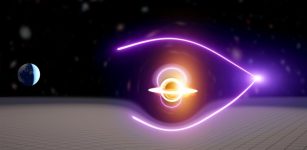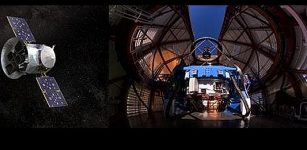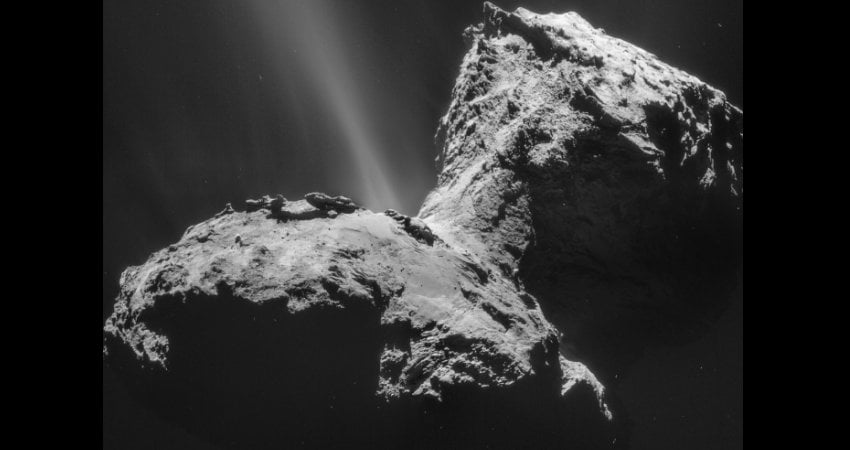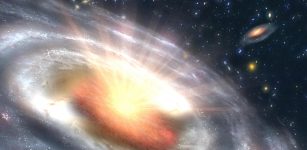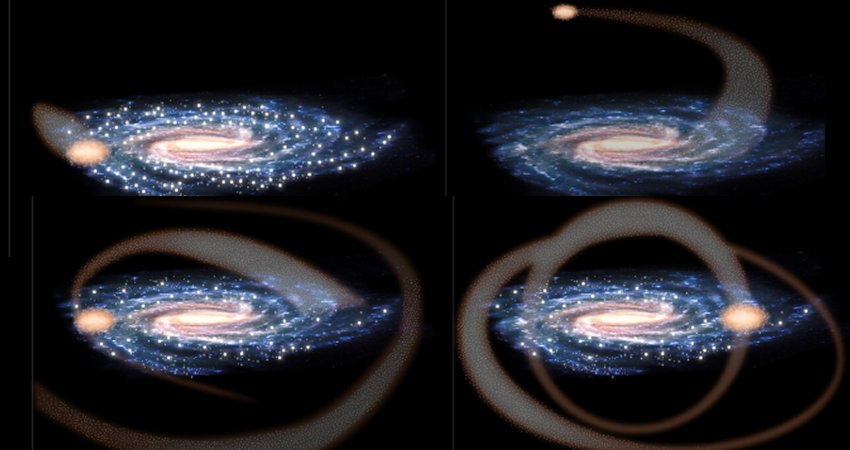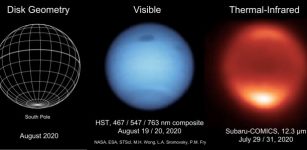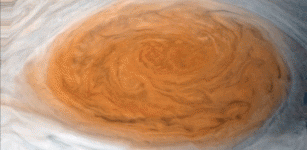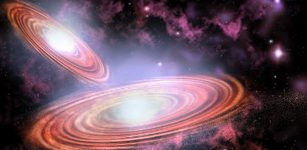Three Supermassive Black Holes – Each With A Mass Of 90 Million Suns Discovered In Irregular Galaxy NGC 6240
Eddie Gonzales Jr. – MessageToEagle.com – For the first time ever, astronomers can confirm the existence of three supermassive black holes in the irregular galaxy NGC 6240 located 300 million light-years away from us.
Until now, astronomers have assumed the galaxy was formed by the collision of two smaller galaxies and therefore contains two black holes in its core. These galactic ancestors moved towards each other at velocities of several 100 km/s and are still in the process of merging.
The new study, however, points to simultaneous merging processes during the formation of the largest galaxies in the universe.
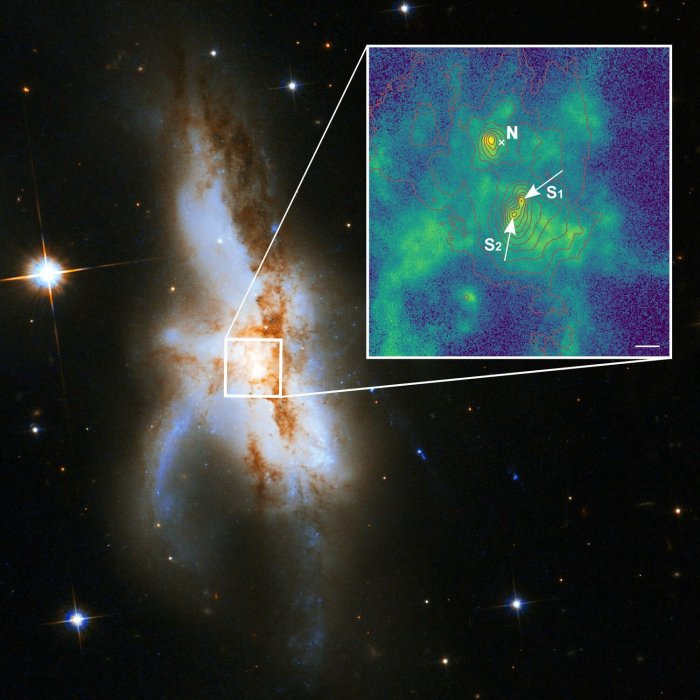
The irregular galaxy NGC 6240. New observations show that it harbors not two but three supermassive black holes at its core. The northern black hole (N) is active and was known before. The zoomed-in new high-spatial-resolution image shows that the southern component consists of two supermassive black holes (S1 and S2). The green color indicates the distribution of gas ionized by radiation surrounding the black holes. The red lines show the contours of the starlight from the galaxy and the length of the white bar corresponds to 1000 light-years. Credit: P Weilbacher (AIP), NASA, ESA, the Hubble Heritage (STScI/AURA)-ESA/Hubble Collaboration, and A Evans (University of Virginia, Charlottesville/NRAO/Stony Brook University)
“Through our observations with extremely high spatial resolution we were able to show that the interacting galaxy system NGC 6240 hosts not two — as previously assumed — but three supermassive black holes in its centre,” Professor Wolfram Kollatschny from the University of Göttingen, the lead author of the study said in a press statement.
Each of the three heavyweights has a mass of more than 90 million Suns. They are located in a region of space less than 3000 light-years across, i.e. in less than one hundredth of the total size of the galaxy.
“Up until now, such a concentration of three supermassive black holes had never been discovered in the universe,” adds Dr Peter Weilbacher of the Leibniz Institute for Astrophysics Potsdam (AIP).
“The present case provides evidence of a simultaneous merging process of three galaxies along with their central black holes.”
The discovery of this triple system is of fundamental importance for understanding the evolution of galaxies over time.
See also:
Celestial Event Observed: Three Black Holes On Collision Course
Are Black Holes Made Of Dark Energy?
Tens of Thousands Of Black Holes Exist In Milky Way’s Center
Until now it has not been possible to explain how the largest and most massive galaxies, which we know from our cosmic environment in the “present time,” were formed just by normal galaxy interaction and merging processes over the course of the previous 14 billion years approximately, ie the age of our universe.
“If, however, simultaneous merging processes of several galaxies took place, then the largest galaxies with their central supermassive black holes were able to evolve much faster,” Peter Weilbacher summarizes. “Our observations provide the first indication of this scenario.”
Written by Eddie Gonzales Jr. – MessageToEagle.com Staff

